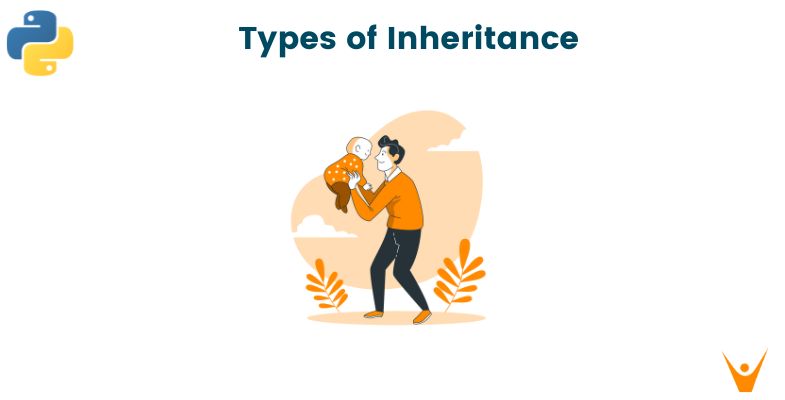In any programming language, displaying output to the console is a basic operation. Depending on the situation, you may need to customize your print output, so today In this article, we'll look at a solution to a Python problem that involves printing output without a newline.
While printing output is a simple task thanks to Python's print() function, there are situations where you may want to print multiple outputs on the same line without introducing a new line in between.
As we all know, in Python a newline character (\n) is automatically added at the end of each output by the Python print() method to avoid this we have some methods below.
Method 1: Using Sys library Python makes it easy to print without a newline
To write output to the terminal without a newline character, we can substitute the sys.stdout.write() function for the print() function.
import sys sys.stdout.write("Hello") sys.stdout.write(" Welcome to Favtutor")
Output:
Hello Welcome to Favtutor
20
Note: This function also returns the character length of the last string passed above 20, which is the length of the string " Welcome to Favtutor".
Method 2: Using the End Parameter
The print() function's end parameter in Python 3 can be used to get rid of the newline character. The end parameter's default value is the newline character, or '\n'. To print without a newline character, we can set it to either the empty string or any other character/string.
print("Hello, World!", end='') print(" Welcome to ",end='-') print("Favtutor")
Output:
Hello, World! Welcome to -Favtutor
Method 3: Using the sep Parameter
To define a different separator between the items to be printed, use the print() function's sep parameter. Instead of using the standard space character to divide the items, this argument specifies a string. This is a useful method when you want to combine two print statements in one line instead of writing 2 lines of code for that.
The strings "Hello" and "world" are joined in the code below and are separated by a space, or any other string that is, proving that "sep" works between strings. When the 'end' option is used, however, the string's end is affected.
1. Using Sep Parameter
print('Hello','World' ,sep=' ') print('Hello') print('World')
Output:
Hello World Hello World
2. Using End Parameter
print('Hello','World' ,end=' ') print('Hello') print('World')
Output:
Hello World Hello World
In Older Version like Python 2.x you can find below method also working but this does not work in Python 3
Conclusion
In Python3, printing without a newline character is necessary for output formatting. In this post, we learnt how to print text in Python without a newline by using the sys.stdout.write() method and the print() function's end option.To get our text to appear on the same line in Python 2.x, we may add a comma to the end of our print statement.
Happy Learning :)








